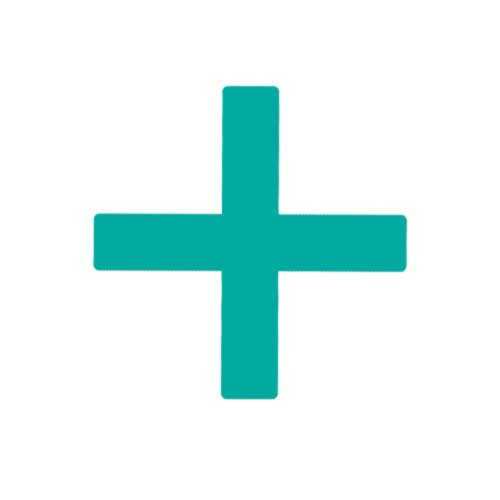Uses of Clindac A 1% Gel
Clindac A 1% Gel is used for the treatment or prevention of the following disease(s):
Bacterial Infections, Acne
Side effects of Clindac A 1% Gel
The most common side effects of Clindac A 1% Gel are - Oily skin, Stomach upset, Burning, Itching, Skin redness
These side effects can usually occur in patients. However, these are only indicative and not all patients will experience them.
Precautions while taking Clindac A 1% Gel
Do not use Clindac A 1% Gel if you are allergic to - Clindamycin Topical
If you have heart disease, liver or kidney disease, drug or alcohol addiction, consult your doctor before using Clindac A 1% Gel.
If you are allergic to any medicine or food, consult your doctor before using this medicine.
Use this medicine under the supervision of your doctor.
To avoid an adverse reaction, consult your doctor if you are already taking other medicines.
Dosage of Clindac A 1% Gel
Clindac A 1% Gel contains - Clindamycin Topical
Clindamycin Topical inhibits bacterial protein synthesis by binding to the 50S subunit of the ribosome.
Overdose of Clindac A 1% Gel
The dosage of Clindac A 1% Gel depends on many factors such as the patient age, health, medical condition or history of the patient and many other conditions.
Please use this medicine as prescribed by your doctor.
Onset of Action of Clindac A 1% Gel
If you forget to take a dose of Clindac A 1% Gel, do not take two doses at the same time, there is a risk of overdose.
If you notice any unusual reaction in your body after taking this medicine, contact your doctor immediately or call your local medical emergency number.
Duration of Action of Clindac A 1% Gel
Precautions & Warnings
Alcohol
Information will be added soon.
Pregnancy
Information will be added soon.
Breastfeeding
Information will be added soon.
Driving
Information will be added soon.
Kidney
Information will be added soon.
Liver
Information will be added soon.
All substitutes for Clindac A 1% Gel
For information purpose only. Refer to a healthcare professionals before consuming any medicines and/or drugs.
Interactions
Drug :-
Erythromycin:
May block access of clindamycin to its site of action. Avoid using
together.
Neuromuscular blockers:
May increase neuromuscular blockade. Monitor patient closely.
Paclitaxel:
May increase paclitaxel effects. Observe patient for toxicity.
Food :-
Diet foods with sodium cyclamate:
May decrease drug level. Discourage patient from
eating these foods.








